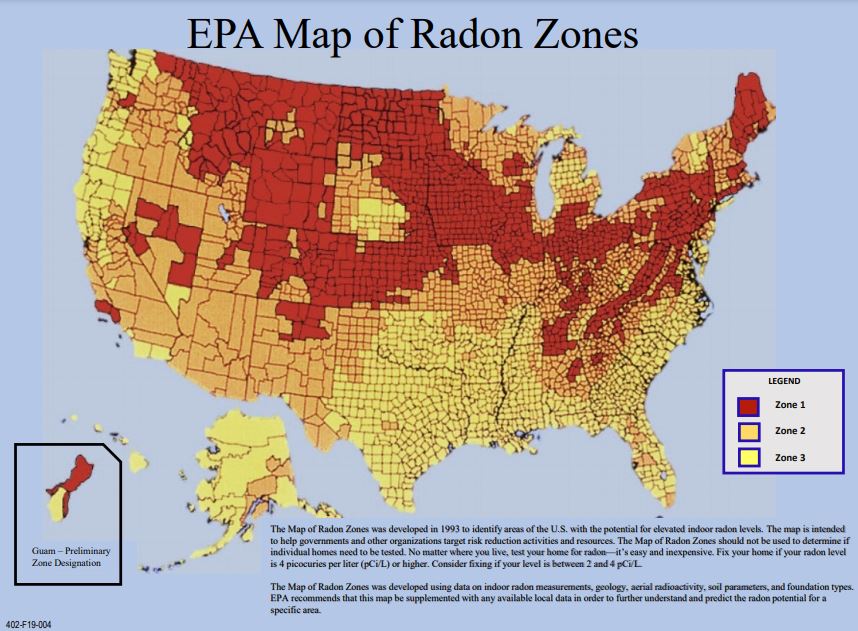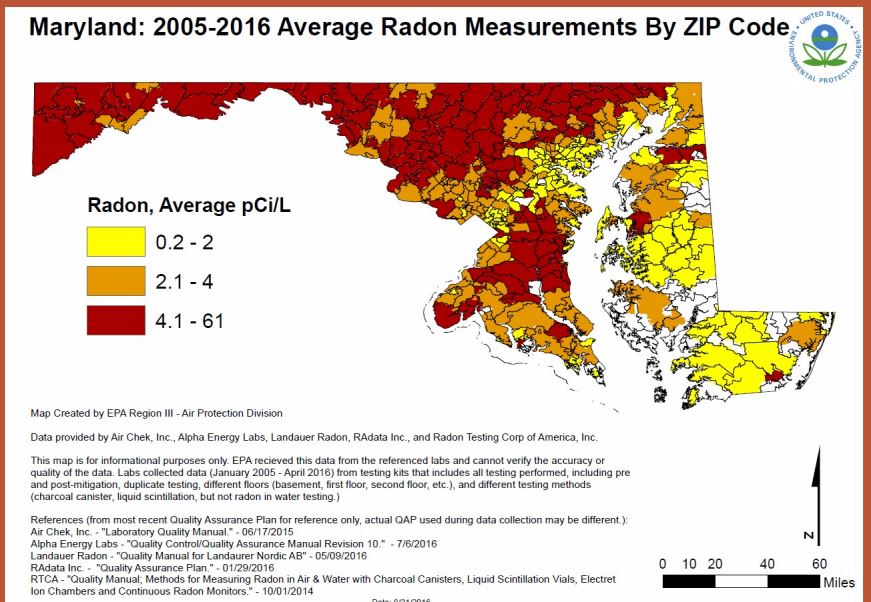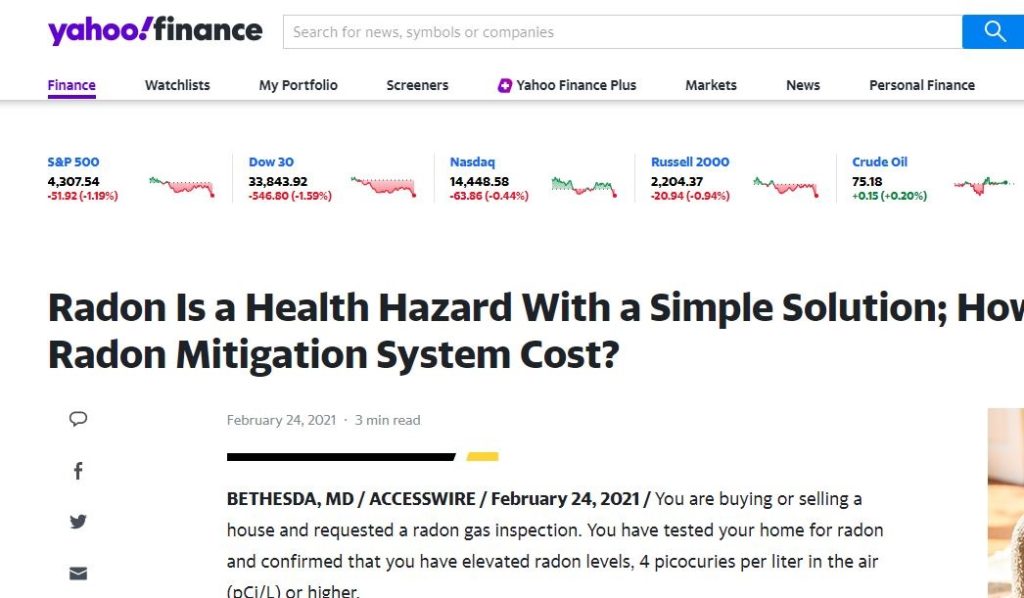Unsure of the perfect radon fan size for your home?
WHAT RADON FAN IS RIGHT FOR MY HOME?
Let us make it easy – use our simple sizing guide to find out what’s best!
Customers often ask us how much airflow their radon fan needs and what size it should be. We wish we could give an exact answer, but there’s a lot more to consider – soil conditions, suction pit sizing, etc! That’s where the “fan curve” comes in; this handy tool tells you exactly how much cfm your inline fan will move based on resistance or pressure (measured in inches of water column). So when we say “your U-Tube reading?” now you know why – it gives us valuable insight into finding just the right sized fan for ya!
Want to get your radon levels down in the safest and most effective way? If you’re a DIYer, sizing a fan might seem intimidating—but it doesn’t have to be! Pressure Field Extension is key for success. It’s basically how far away from beneath your home you can draw radioactive air… but measuring that requires expensive tools like micro-manometers. To make sure everything goes without fail (and keep radiation out), always call an experienced professional: licensed and certified mitigators know exactly what they’re doing when it comes to radon removal!
In order to estimate your fan size for yourself, you’ll need three things:
- Size of the building foundation or footprint (in square footage)
- Current radon level
- Building type
- cement slab on grade
- basement built before 1976. 4″ gravel base or just dirt? Clay ? or Sand?
- walkout
- tri-level or garden level
- crawlspace, etc.
- mixed (how many sq ft of each type)

TIPS ON RADOB FAN:
- Use 6 X 4 PVC FLOOR REDUCER BUSHING and dig a large suction pit (at list 3/4 “Home Depot” bucket)
- always use a manometer. It can be used to determine airflow and static pressure.
- understand that multiple collection points ( for example on the oposite side of the home) can be required.
- It’s not always as simple as adding a “bigger” fan.
Example : on a foundation 4-inch gravel under concrete slab (size is 2000 sq ft or less) a low wattage, low-volume fan can be used like the Fantech Rn1 or the RadonAway RP145
Learn more about Pressure Field Extension Diagnostic Kit (PFEDK) Training Video











